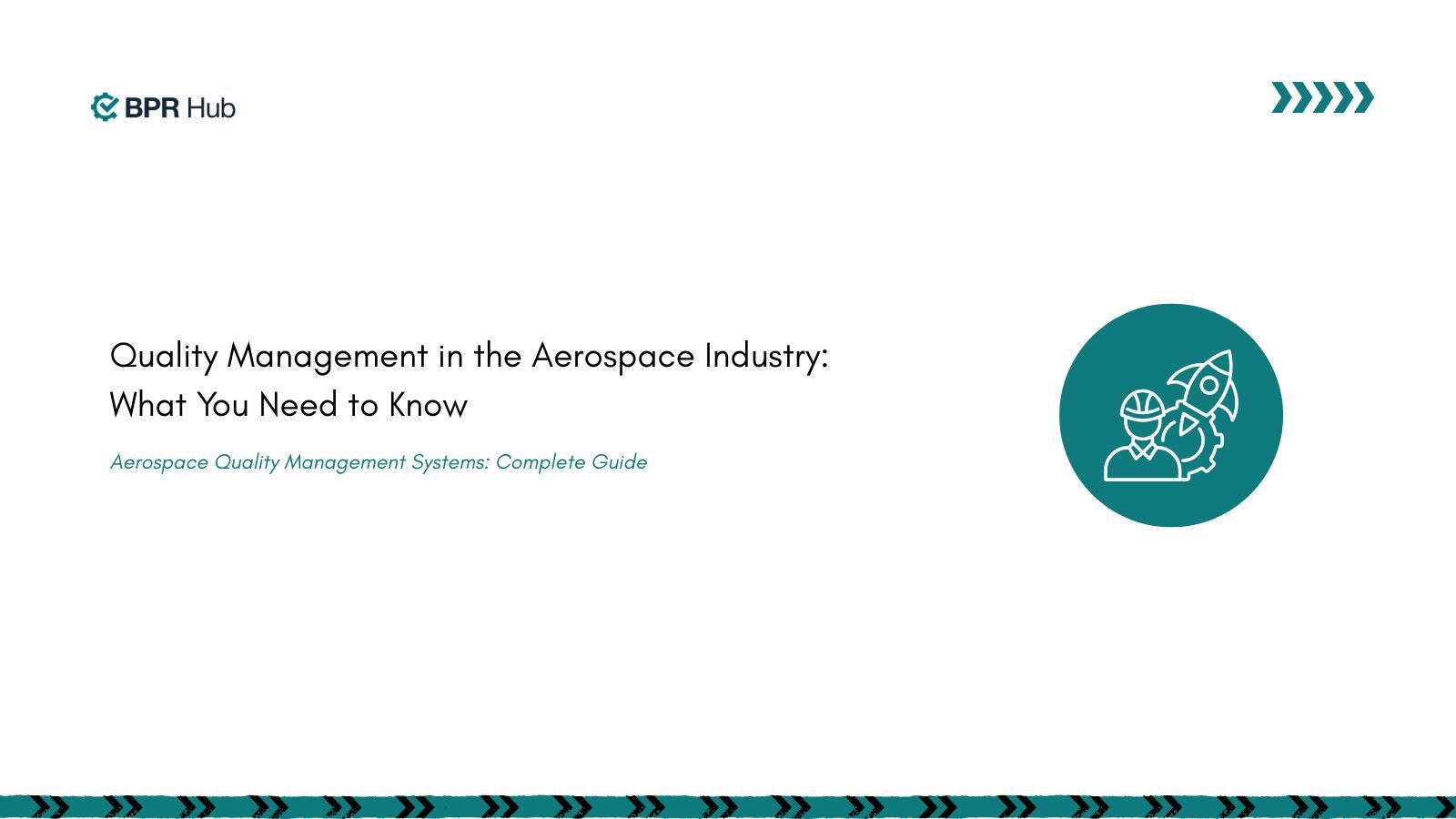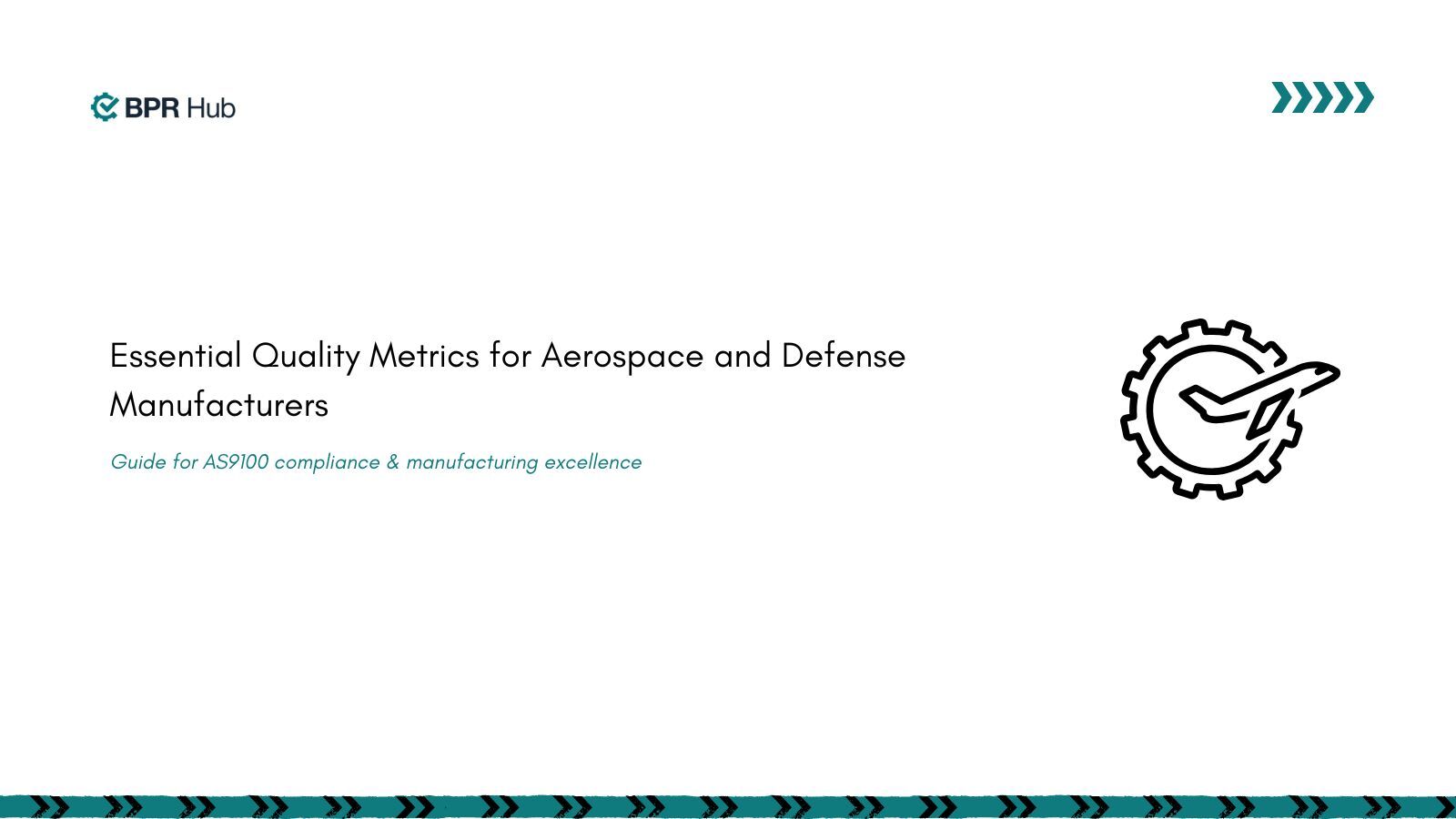The medical device startup seemed to have everything figured out. Their ISO 13485 quality system was pristine, their FDA submission processes were bulletproof, and their documentation could make any auditor weep with joy. Then they decided to expand into aerospace components.
Suddenly, AS9100D requirements demanded different procedures, alternative documentation formats, and separate tracking systems. What started as a growth opportunity became a compliance nightmare. They were managing three separate quality universes, each with its own language, requirements, and software solutions.
Six months later, their quality team was spending more time translating between standards than actually improving quality. They had become translators in their own company, constantly converting the same information into different formats for different audiences.
This is multi-standard chaos, and it's strangling manufacturers who should be focused on growth, not compliance gymnastics.
The Modern Multi-Standard Reality
Today's manufacturers don't have the luxury of serving single markets with simple regulatory requirements. A company making medical devices might also produce aerospace components, automotive parts, or industrial equipment. Each market brings its own regulatory maze: ISO 13485 for medical devices, AS9100D for aerospace, IATF 16949 for automotive, and FDA 21 CFR Part 820 for U.S. medical device sales.
The traditional solution? Separate quality management systems for each standard. Different software platforms, disconnected databases, parallel documentation systems, and duplicated training programs. It's like running multiple restaurants in the same building, each with its own kitchen, inventory system, and staff, massive overhead with zero synergy.
But here's what most manufacturers discover too late: these standards aren't as different as they appear. They're asking the same fundamental questions about risk, control, and improvement. The differences are largely cosmetic, including different terminology, slightly varied documentation requirements, and alternative audit approaches.
Yet companies spend millions treating them as completely separate disciplines.
The Hidden Multiplication Effect in Quality Management Solutions
Managing multiple standards with separate systems doesn't just double or triple your compliance costs; it multiplies them exponentially. Every new requirement, process change, or improvement initiative must be implemented across multiple disconnected quality management solutions.
Consider document control, something every quality system handles. In a single-standard environment, you update one procedure and you're done. With three separate systems, that same change requires three different documents, three approval workflows, and three training updates. What should be a one-hour task becomes a three-day project.
The multiplication effect extends beyond documentation. Training new employees becomes a multi-week orientation covering different systems for different product lines. Supplier audits require different checklists depending on which standards apply. Even simple quality metrics become complex when you're pulling data from multiple sources that don't speak to each other.
A precision manufacturing company we studied calculated that managing four different standards with separate systems required 340% more administrative overhead than their single-standard operations. They weren't just paying for four systems; they were paying for the complexity of connecting them.
📍 Book a Demo
📧 hello@bprhub.com
When Standards Become Silos
The real damage happens when separate quality systems create information silos within your own organization. Engineering learns about a supplier quality issue through the automotive system, but the medical device team using the same supplier never sees the warning. Process improvements discovered in aerospace operations never migrate to medical device production, even though both could benefit.
Your organization develops quality multiple personalities. The same company that's rigorous about risk assessment under ISO 13485 might be lax about supplier management under AS9100D, simply because different systems encourage different behaviors.
This fragmentation doesn't just waste resources; it creates blind spots that can be dangerous. Quality risks that are visible in one standard's system remain hidden in another's. You're not just managing compliance separately; you're managing risk separately, which multiplies exposure instead of reducing it.
The Integration Tax
Every manufacturer managing multiple standards pays what we call the "integration tax", the hidden cost of manually connecting systems that should talk to each other automatically. This tax shows up in multiple ways:
Manual data transfer between systems. Quality engineers become data entry clerks, copying the same information into multiple formats for different standards. A single supplier audit generates separate reports for ISO, AS9100D, and FDA systems, each requiring manual input and formatting.
Duplicated training programs. New employees must learn separate procedures for each standard, even when the underlying processes are identical. Companies end up paying for four training programs when one comprehensive program would be more effective.
Parallel audit preparation. Each standard requires separate audit preparation, separate documentation reviews, and separate corrective action tracking. The same manufacturing process gets audited four different ways by four different auditors using four different checklists.
Fragmented reporting. Executive dashboards become chaotic when quality data comes from multiple disconnected sources. Leadership can't get a unified view of quality performance across all operations because the data lives in separate silos.
A medical device manufacturer calculated that their integration tax consumed 35% of their quality team's time, time that could have been spent on actual improvement rather than administrative coordination.
The Cross-Contamination Problem in Traditional Quality Management Solutions
Perhaps the most insidious challenge of managing multiple standards separately is cross-contamination, when requirements from one standard accidentally interfere with another. This happens because teams trying to juggle multiple systems often apply the most restrictive interpretation across all standards, even when it's not required.
For example, FDA medical device requirements for validation might be more stringent than ISO 9001 requirements for the same process. Instead of applying appropriate rigor to each standard, teams often default to the highest requirement everywhere, creating unnecessary overhead and slower processes.
Or consider supplier management. AS9100D has specific requirements for supplier development that don't apply to general manufacturing. But companies managing separate systems often apply aerospace-level supplier requirements to all operations, increasing costs and complexity without adding value.
This defensive approach makes sense from a compliance perspective, better safe than sorry, but it's economically destructive. You end up over-engineering compliance everywhere instead of right-sizing it for each application.
The Scaling Nightmare
Multi-standard chaos becomes exponentially worse as companies grow. Adding a new product line means not just learning new technical requirements, but potentially adding another standard to your compliance portfolio. Acquiring another company means integrating their quality systems with your existing collection of disconnected platforms.
International expansion multiplies complexity again. CE marking for European markets, Health Canada requirements, Japanese pharmaceutical standards; each new geography potentially adds another layer to your multi-standard maze.
A growing aerospace and medical device manufacturer found that each new market entry required 8-12 months of quality system setup, not because of technical complexity, but because of the administrative overhead of managing another disconnected compliance system. Their growth rate was limited not by market demand or production capacity, but by quality system complexity.

The Smart Alternative: Unified QCG Intelligence
The solution isn't better management of multiple systems; it's eliminating the need for multiple systems entirely. Quality, Compliance, and Governance as an integrated approach recognizes that standards like ISO 13485, AS9100D, and FDA 21 CFR Part 820 are asking fundamentally similar questions about how you manage risk, control processes, and drive improvement.
Instead of separate systems speaking different languages, imagine one intelligent platform that understands the common foundation underlying all quality standards and automatically generates the specific outputs each standard requires.
Think of it as having one master chef who can prepare Italian, French, and Japanese cuisine from the same high-quality ingredients, rather than hiring separate chefs for separate kitchens. The fundamental skills, understanding flavor, managing timing, and controlling quality, are transferable. Only the presentation changes.
A unified QCG approach captures quality data once and presents it appropriately for each standard's requirements. The same supplier audit information becomes an ISO supplier evaluation, an AS9100D supplier development record, and an FDA supplier control document automatically. Process validation data flows seamlessly into whatever format each standard demands.
Real-World Transformation with Quality Compliance Governance
Consider the transformation at a mid-sized manufacturer producing both medical devices and automotive components. They had been managing ISO 13485 and IATF 16949 with separate quality management systems, separate teams, and separate processes.
After implementing unified Quality, Compliance, and Governance, they discovered that 80% of their quality activities were common across both standards. Instead of maintaining parallel systems, they created one intelligent foundation that automatically generated compliant outputs for both standards.
The results were dramatic: 60% reduction in quality administration time, 40% faster new product introductions, and, most importantly, better actual quality outcomes because their team could focus on improvement rather than compliance coordination.
Their quality director summed it up perfectly: "We went from managing standards to managing quality. The compliance follows automatically."
Breaking Free from Multi-Standard Chaos
The manufacturers thriving in today's multi-standard environment aren't the ones with the most sophisticated compliance systems. They're the ones who recognized that treating similar requirements as completely separate disciplines is expensive, risky, and unnecessary.
Quality, Compliance, and Governance represents a fundamental shift from managing multiple standards to managing unified excellence that satisfies multiple standards. Instead of speaking different compliance languages, you speak one language of operational excellence that translates automatically into whatever format regulators require.
The choice is clear: continue paying the exponential costs of multi-standard chaos, or invest in unified intelligence that treats compliance as an output of good manufacturing rather than a separate discipline to be managed in isolation.
Ready to escape multi-standard chaos? Discover how unified Quality, Compliance & Governance transforms regulatory complexity from a growth barrier into a competitive advantage.
📍 Book a Demo
📧 hello@bprhub.com
Frequently Asked Questions
What is the difference between traditional quality management solutions and QCG?
Traditional quality management solutions operate separate systems for each standard, creating disconnected silos that multiply administrative overhead. QCG (Quality, Compliance, and Governance) unifies all standards under one intelligent platform that captures data once and automatically generates compliant outputs for each regulatory requirement, eliminating redundancy and reducing complexity.
How does QCG reduce compliance costs compared to multiple quality management systems?
QCG eliminates the "integration tax" by removing the need for manual data transfer between systems, duplicate training programs, and parallel audit preparation. Companies typically see 60% reduction in quality administration time and 340% less administrative overhead compared to managing separate systems for each standard.
Can QCG handle multiple international standards simultaneously?
Yes, Quality Compliance Governance is designed to manage multiple international standards like ISO 13485, AS9100D, IATF 16949, FDA 21 CFR Part 820, and CE marking requirements within a single unified platform. The system automatically translates common quality activities into the specific formats required by each standard.
What are the main risks of using separate quality management solutions for different standards?
Using separate systems creates information silos where critical quality issues visible in one standard remain hidden in others, multiplying risk exposure. Cross-contamination occurs when teams apply the most restrictive requirements everywhere, leading to over-engineered processes and unnecessary costs across all operations.
How long does it typically take to implement a unified QCG system?
Implementation time varies by organization complexity, but QCG systems are typically faster to deploy than setting up multiple separate quality systems. Companies report 40% faster new product introductions and significantly reduced time for new market entry compared to managing disconnected compliance systems for each standard.
Get insights that help you minimize risks and maximize profits.
Dive deeper into manufacturing compliance with our free resources.
We get it, compliance can get tough.
Here are some additional resources to help.
We get it, compliance can get tough. Here are some additional resources to help.
Get updates in your inbox

.svg)
%20(1).svg)





%20(1).svg)

.avif)

